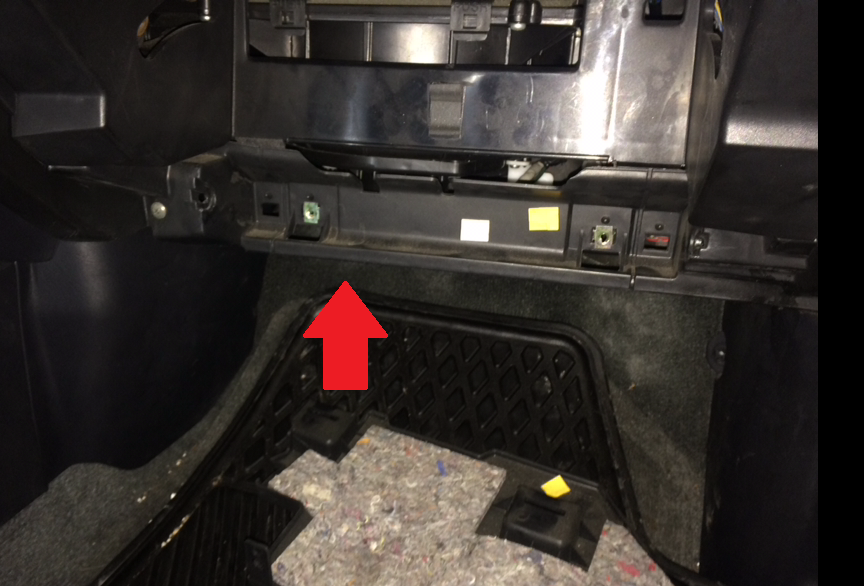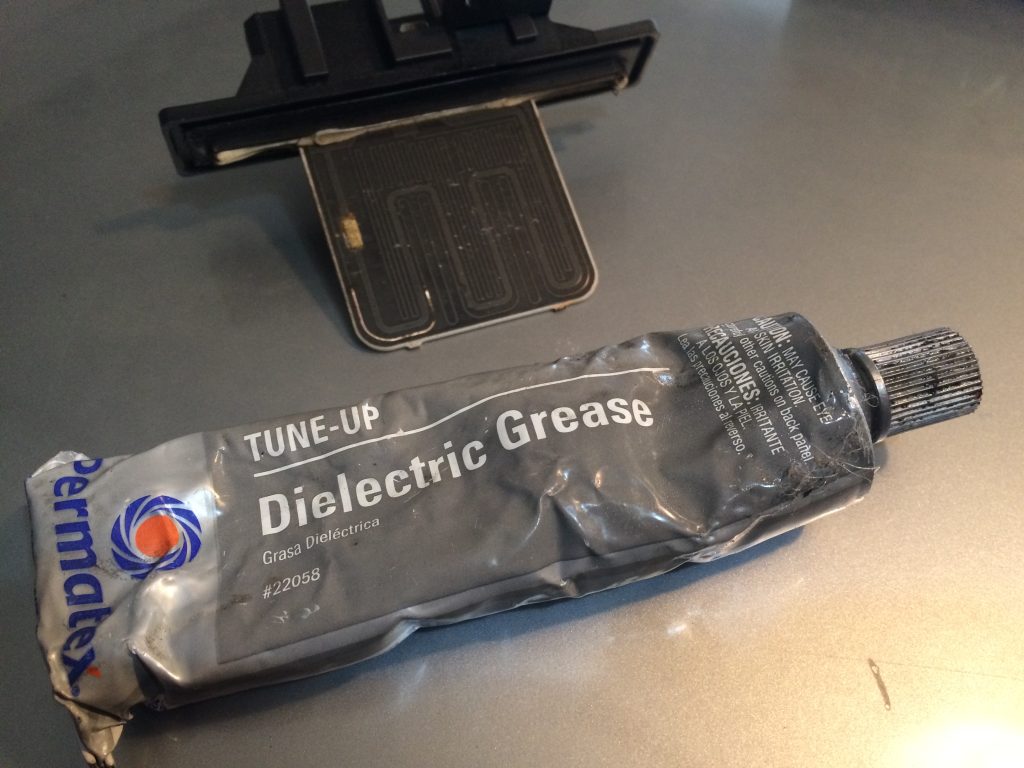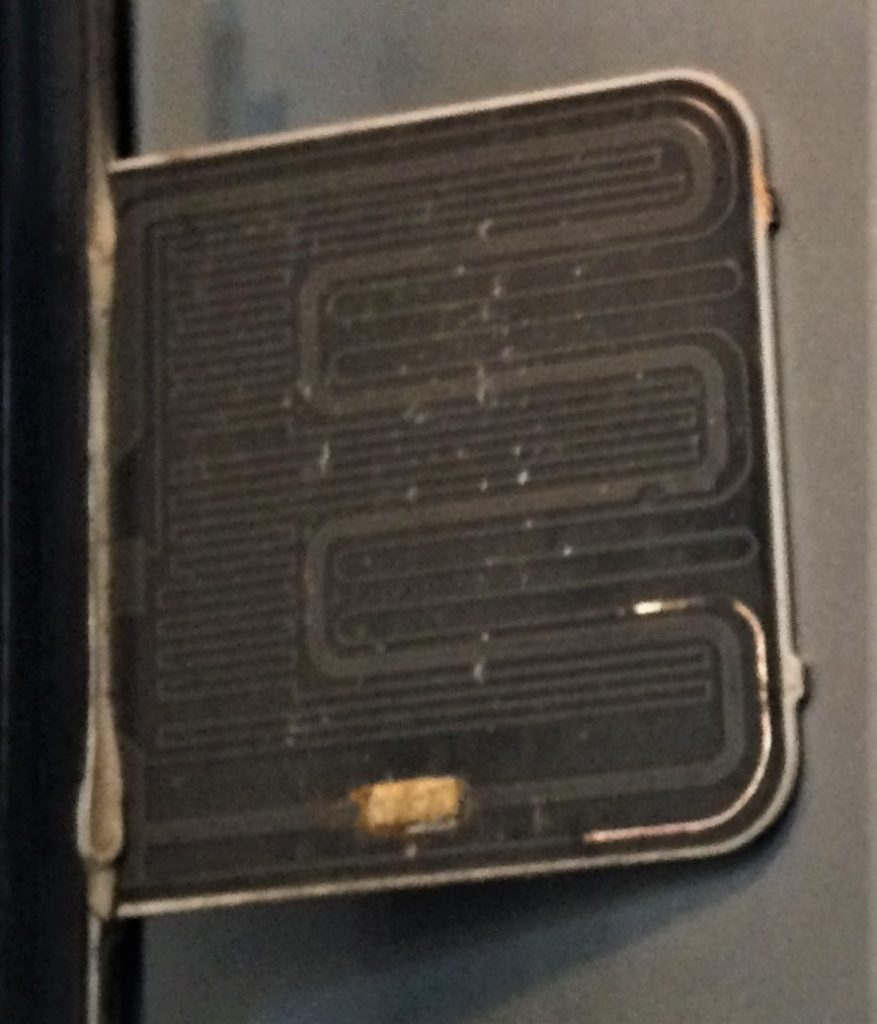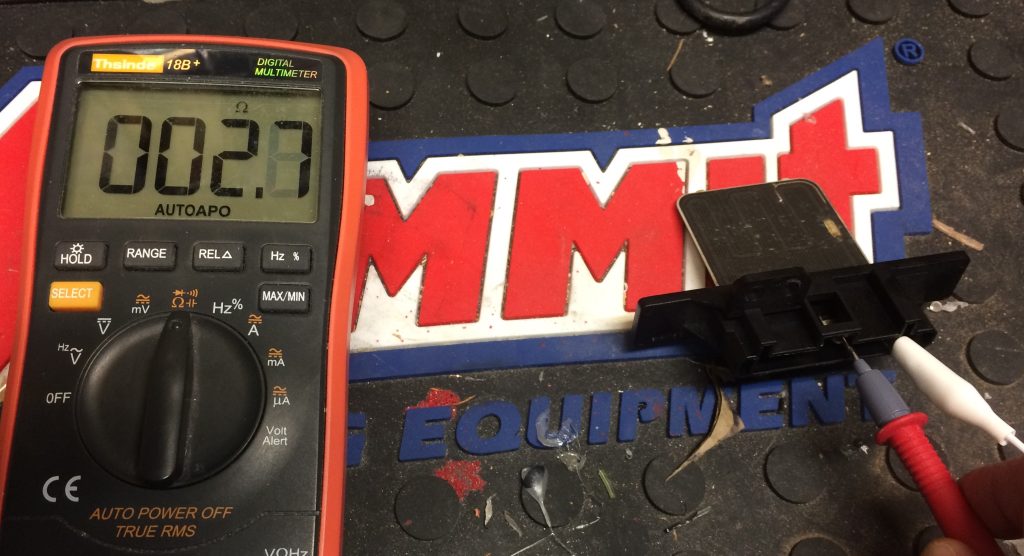2001 Gmc Yukon Xl What Causes Fan Resistor to Continue to Blow

It all started during our drive to check out the Cavalcade of Customs in Cincinnati, Ohio. It was a bitterly cold day and we noticed that our vehicle's cabin was still pretty chilly, even after a few minutes on the interstate with the HVAC fan set at its "2" speed setting. Not thinking too much about it, we turned the heater knob up to "3" and the vents started kicking out plenty of hot air.
Once we were nice and toasty, we dialed the fan speed knob back down to the "2" position, which is when we noticed the fan wasn't blowing anything at all.
Momentarily perplexed, we turned the fan down to "1" and the fan began working at its lowest speed setting, like normal. Conversely, twisting the knob all the way to the heater's highest "4" setting was tantamount to opening the doors to 765's firebox.
That quick little bit of troubleshooting told us that the heater core was good and that the blower motor had power—the fan just wouldn't work at the "2" fan speed.
A textbook case of a bad blower motor resistor.

What is a Blower Motor Resistor?
In simple terms, a blower motor resistor is an electrical component that can block (resist) the flow of electricity (current) into the blower fan motor. This is how you're able to alter the fan's speed—more resistance means the fan won't spin as fast, which results in less air (hot or cold) being circulated around the cabin. By clicking the fan speed knob from one setting to another, you're changing the path the electricity takes through the blower motor resistor on its way to the blower motor.
That was a very basic explanation. If you really want to understand how resistors work in an electrical circuit, learning about Ohm's Law is a great place to start.
You need a blower motor resistor here because, electrically speaking, your blower motor fan is a pretty dumb device. It's either on or off, so controlling the flow of electricity into the blower motor is how you alter the fan's speed. That's where the blower motor resistor comes in—and it works great for this sort of thing.
Though it's worth pointing out that many modern vehicles are using more advanced solutions nowadays, often relying on an electronic control module to regulate fan speed. But prior to the advent of those fancy fan speed ECMs, blower motor resistors were the way to go, and have proven trusty and reliable in automotive HVAC setups for decades.

Signs of a Bad Blower Motor Resistor
Yet while they are pretty darn dependable, like any electrical component, blower motor resistors can go kaput without much warning. Fortunately, it's pretty easy to diagnose a failing blower motor resistor.
Here are some common signs that your vehicle's blower motor resistor is bad:
- Loss of HVAC fan control (total or certain speeds)
- The fan only works on its highest speed setting
- No air coming from vents
- Intermittent or inconsistent fan speed
Alluding to our story above, you'll probably first discover the problem when you notice that your vehicle's passenger cabin isn't cooling down or heating up like it normally would—which brings us to an important point. Since it directly contributes to airflow, a bad blower motor resistor will affect your HVAC system's ability to both heat up AND cool down.

How to Replace a Blower Motor Resistor
While all cars and trucks are different, replacing a blower motor resistor can be a straightforward affair. In our experience, the difficulty all depends on where the blower motor resistor is located. If it's tucked behind a dash or tight against a firewall, you may have to remove some other parts for access. (Don't panic: many automotive designers have enough foresight to put the blower motor resistor in an easy-to-reach spot, like behind an access panel or removable flap.)
Once you're able to reach the thing, the actual job of replacing the blower motor resistor itself is probably going to be pretty easy. If you've got some basic mechanical aptitude and can plug in an Atari game cartridge, then you likely have enough know-how to get the job done.
Again, all vehicle applications differ, but we'll walk you through the job on our 2004 Nissan Sentra test subject—it's pretty similar to other vehicles we've worked on though. Check out the walkthrough below, and let us know how the job goes for you in our comments section.




Installing the new blower motor resistor is basically a reversal of the removal process. All told, it was a 20 minute, 20 dollar job for us—and while the process for your vehicle may be different, we've had other blower motor resistor replacements that have been similarly pleasant.




Source: https://www.onallcylinders.com/2022/01/30/what-is-a-blower-motor-resistor-and-how-can-you-tell-if-yours-is-bad/
0 Response to "2001 Gmc Yukon Xl What Causes Fan Resistor to Continue to Blow"
Post a Comment